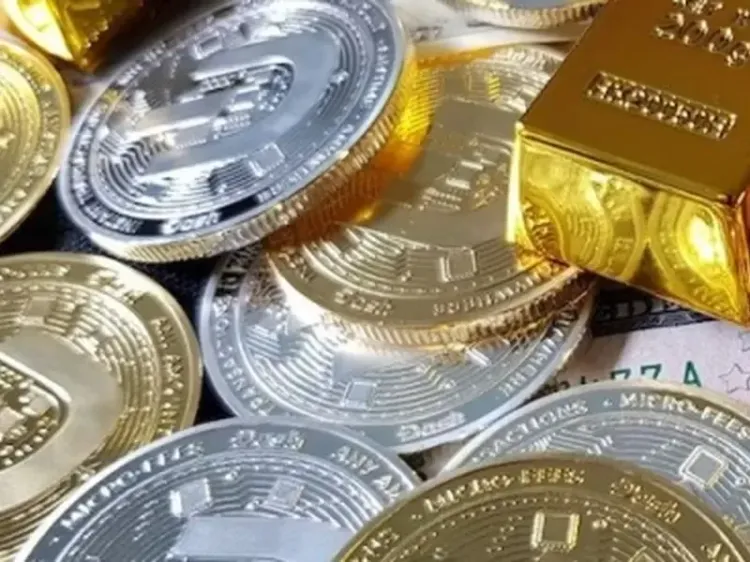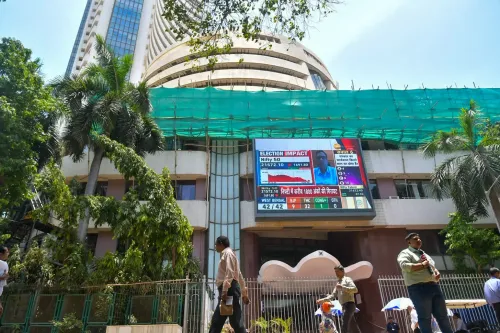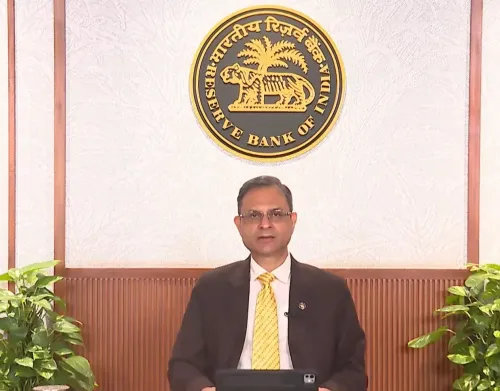Why is Silver Trading Flat and 8% Below Its Peak?

Synopsis
Key Takeaways
- Current silver price: Rs 1,56,755 per kg.
- Price drop: Silver is 8% below peak.
- Market volatility: Silver is 1.7x more volatile than gold.
- Industrial demand: Key driver for future price increases.
- Profit-booking: Expected to impact future prices.
New Delhi, Oct 20 (NationPress) On Monday, silver remained steady, showing a slight gain of 0.1 percent, yet it is around 8 percent below its peak level. The current trading price is Rs 1,56,755 per kg, with experts predicting a potential further decline due to profit-booking as investors secure their earnings.
The silver futures market saw a notable downturn during the last trading day on MCX on October 17, plummeting nearly 10 percent from its session highs.
Prices of the metal dipped from a session peak of Rs 1,70,415 per kilogram to a low of Rs 1,53,700, finally closing at Rs 1,57,300, reflecting a 0.44 percent rise from the previous closing price.
Globally, silver prices fell from a record high of nearly $54 an ounce to about $51.50, representing a 6 percent drop.
Analysts have linked this downturn to diminished safe-haven demand due to easing US-China trade tensions, with US President Donald Trump acknowledging that suggested additional tariffs were impractical.
According to the brokerage firm Motilal Oswal, the current dynamics of the metal suggest a significant structural re-evaluation, setting this rally apart from previous speculative surges.
The firm's analysis indicated that silver's volatility is roughly 1.7 times more pronounced than gold, reinforcing the idea that this rally is fundamentally stronger than the speculative spikes seen in 1980 or 2011.
The broad application of silver in manufacturing has escalated demand and driven prices upward. Additionally, stability in regional bank results, a reduction in liquidity issues in the London silver market, and rising bond yields have put pressure on non-yielding assets like precious metals.
Earlier this week, MP Financial Advisory Services suggested that silver's role as an industrial input could propel its price beyond $50 per ounce.
“Due to robust industrial demand, silver possesses the necessary attributes to surpass the $50 threshold this time,” the report stated.
Silver prices surged from $24 an ounce to around $47 an ounce from November 2022 to October 2025, driven by industrial demand in solar panels, electronics, and electric mobility.









